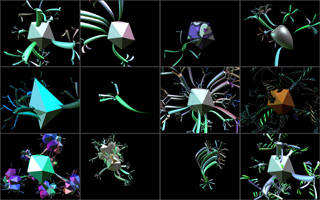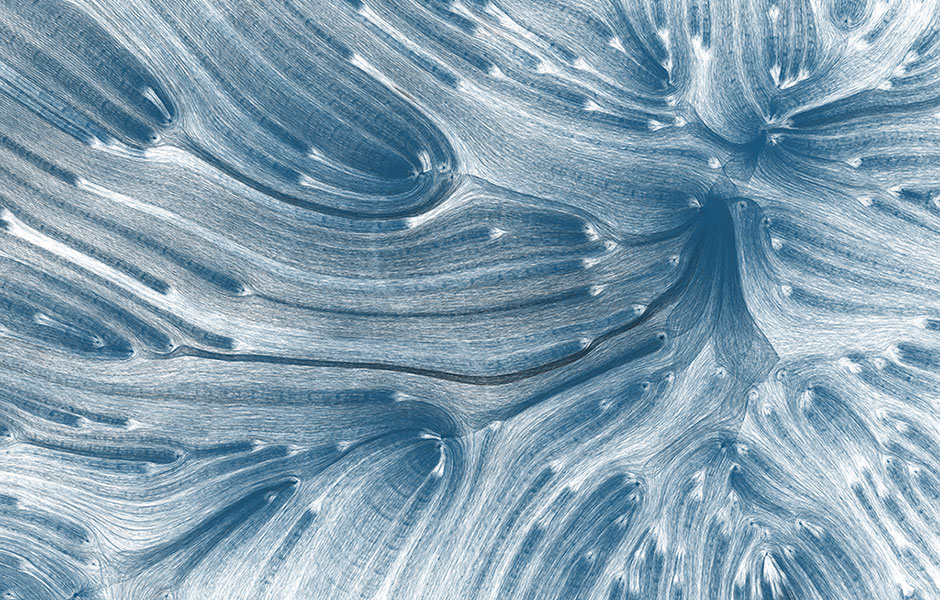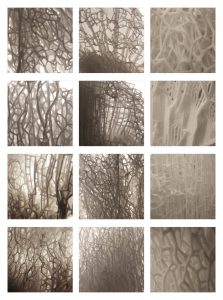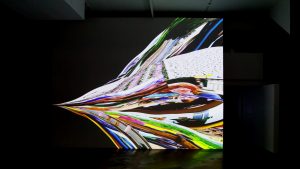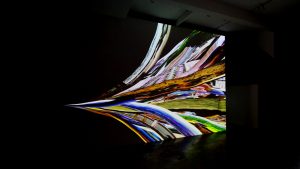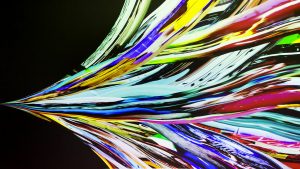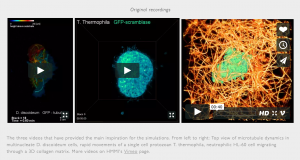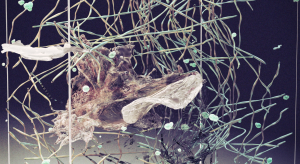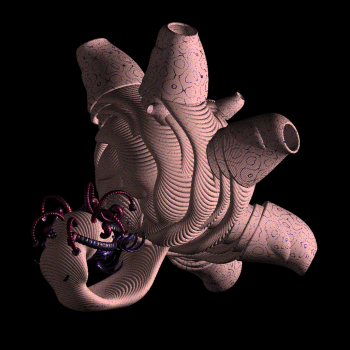
William Latham has a rich history in computer-facilitated arts. With experience from working with IBM’s Advanced Computer Graphics and Visualisation Division, Latham moved onto being the CEO of the computer games developer “Computer Artworks Ltd.” and managing/closing contracts with Microsoft, Nokia, Atari, and Virgin Interactive. Nowadays, he is a computing professor and the CEO of “Games Audit”. Nevertheless, these achievements hardly scratch the surface of Latham’s career in the digital realm.
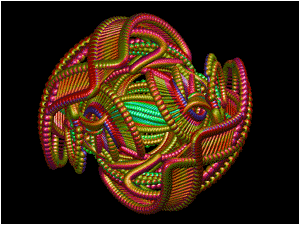

Latham creates these organic, molecular, and somewhat digitally-genetic graphics that portray these fantastical mutated quasi-organisms. He and mathematician Stephen Todd co-created a “Mutation” code which allows these virtual life forms to breed and evolve into hybrids. Latham calls himself a “gardener” driven by aesthetic evolution.
source 1
source 2
![[OLD – FALL 2016] 15-104 • COMPUTING for CREATIVE PRACTICE](../../../../wp-content/uploads/2020/08/stop-banner.png)

